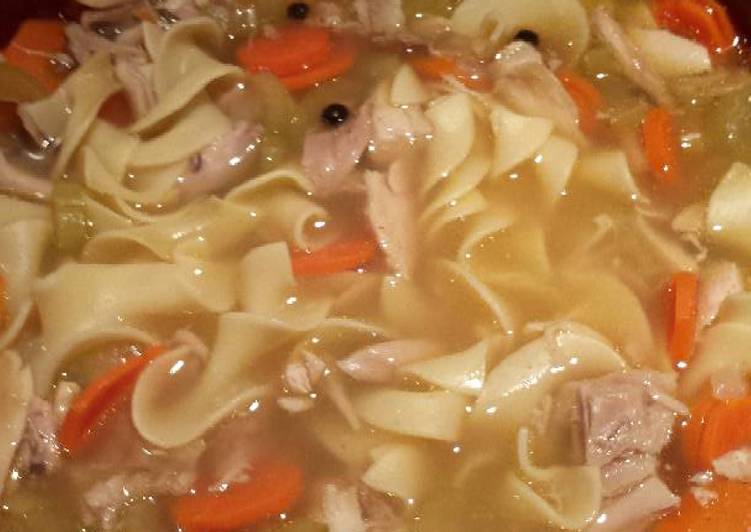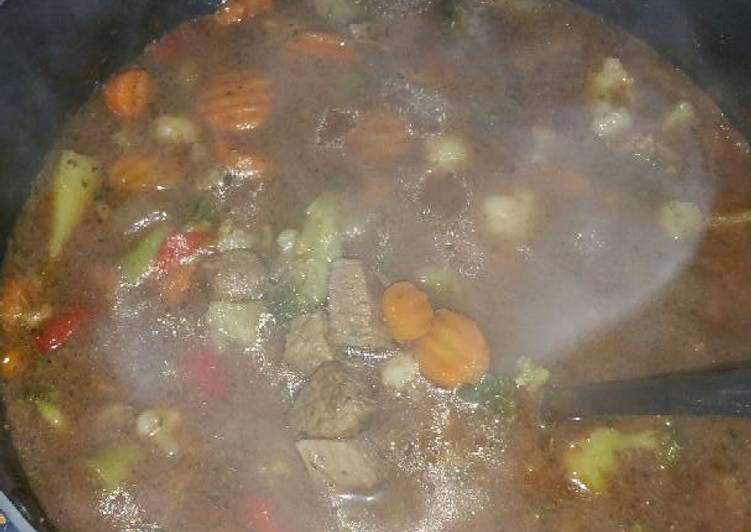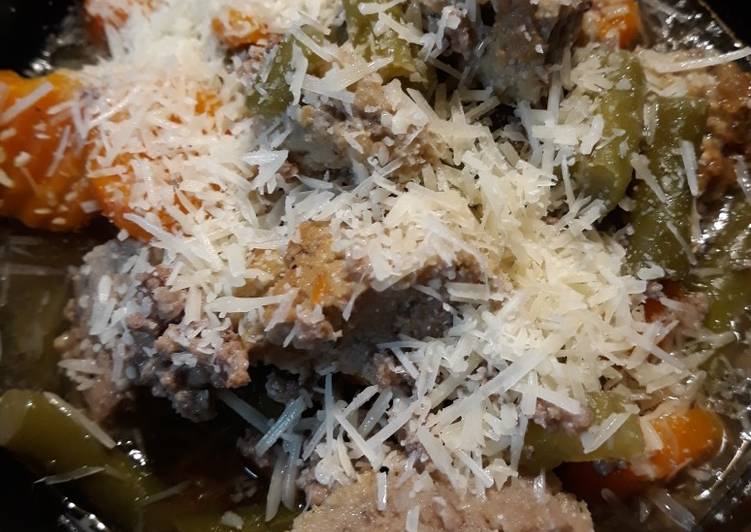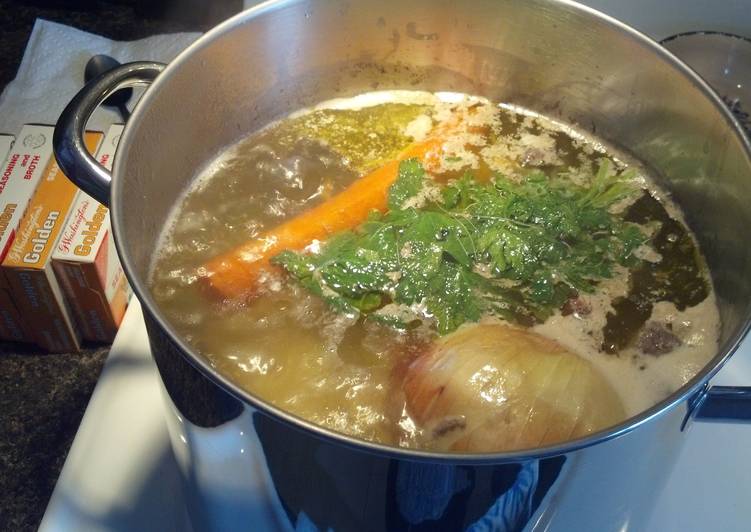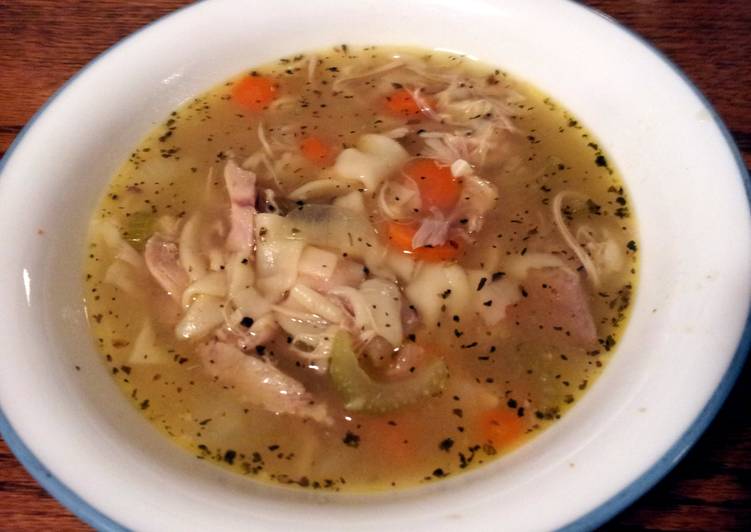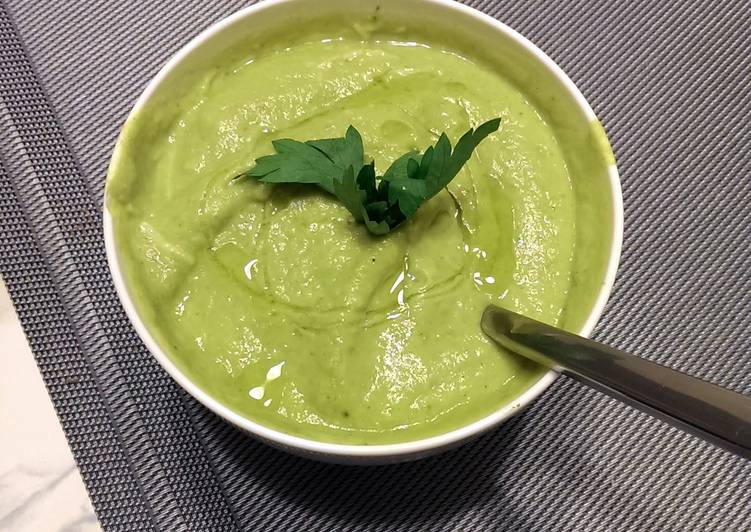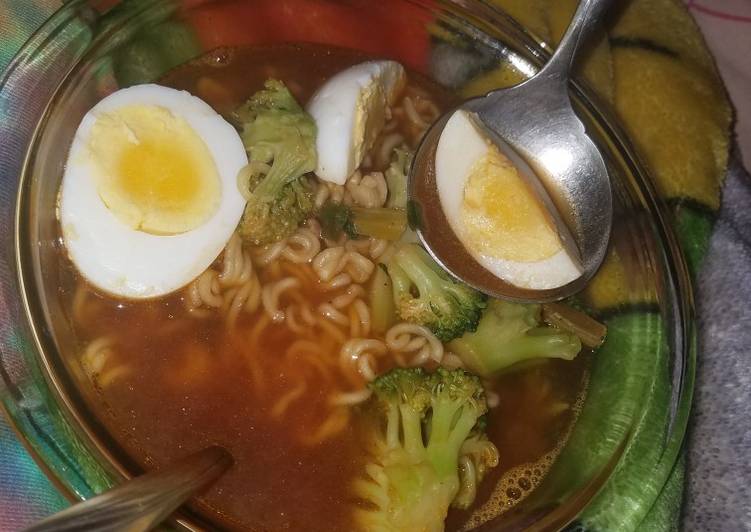
Hey everyone, hope you’re having an amazing day today. Today, we’re going to prepare a distinctive dish, ramen: soy sauce. One of my favorites. For mine, I am going to make it a bit unique. This is gonna smell and look delicious.
Japanese food recipe/Home made cooking/Mom/Baby/House wife/Life vlog/Cooking show/Hamburger steak/Asian. Chicken Ramen Noodles in Peanut Soy SauceThe Seasoned Mom. This shoyu (soy sauce) ramen recipe is quick and easy.
Ramen: Soy Sauce is one of the most well liked of recent trending foods on earth. It’s appreciated by millions daily. It is easy, it’s quick, it tastes delicious. Ramen: Soy Sauce is something which I’ve loved my whole life. They’re fine and they look wonderful.
To get started with this particular recipe, we must first prepare a few components. You can have ramen: soy sauce using 5 ingredients and 5 steps. Here is how you cook that.
The ingredients needed to make Ramen: Soy Sauce:
- Get 1 ramen packet, or cup ramen. Any flavor
- Make ready 2 tbsp soy sauce (adjustable)
- Make ready 1 egg
- Take 1 cup frozen broccoli florets or whatever they're called
- Take 1/2 cup frozen green beans
Japanese dark soy sauce Shoyu Tare is the soy sauce seasoning and concentrated flavor base used in Japanese Shoyu Ramen; one. For the tare, combine soy sauce, sake, and mirin in a small bowl; cover and chill. So delicious and the closest thing we've had to true Japanese ramen. Using shoyu soy sauce is key.
Step by Step to make Ramen: Soy Sauce:
- Now, this all depends on what brand of ramen you're using. All of the Cup noodles should be cooked with their seasoning, as should the spicy packet brand Shin Ramyun, or any kinda brand that provides a dehydrated veggie packet to add. Maruchan and Nissin, on the other hand, should Not be cooked with their flavor packets. They get congealed and disgusting, don't do it.
- After you have determined which type you're using (cook the flavor in or stir in after), boil an egg. There are a few ways to boil an egg, I always do hard boiled because I hate the yolks anyways, so I put mine in with the lukewarm water and raise to a boil for 10 minutes, and then shut the heat off and let it sit, covered, for another 5 before draining, chilling, peeling and slicing. The way you take your egg is entirely up to you.
- After rinsing your pot to get rid of the egg shell taste, put a new pot of water on. If you are cooking the seasoning in, add it now, along with the dehydrated veggie pack (if added), soy sauce, and the frozen vegetables. If you aren't cooking the seasoning in, then just add the frozen veggies. Put the soy sauce into the bowl you're using, along with the seasoning packet.
- Once your water and veggie mixture has come to a boil, add the noodles. This is probably redundant since it's Ramen, but. I'm thorough. Let your noodles boil until they're either completely cooked (able to twirl a single noodle around the fork without it being stiff, if you don't want to bite a hot noodle), or a smidge before that, when they're still a bit stiff, if you want to let your hot ramen soup cool to a reasonable temperature.
- Drain any excess water you don't want, and pour your ramen into a bowl. Put the sliced egg on top, and you have a yummy soy flavored veggie and egg ramen dish!
Typically, ramen eggs are marinated in a simple solution of soy sauce and mirin. But I like to mix in one other ingredient that's not traditional, but does plenty to elevate the flavor - mushroom soy sauce! Stir kombu, bonito stock, soy sauce, and miso paste into the noodles. Previous Recipe: Ajitsuke Tamago (Egg with Japanese Seasoning). Next Recipe: Shoyu (Soy Sauce) Ramen Broth.
So that is going to wrap it up for this exceptional food ramen: soy sauce recipe. Thanks so much for your time. I am sure that you will make this at home. There’s gonna be interesting food at home recipes coming up. Don’t forget to save this site on your browser, and share it to your family, colleague and friends. Thanks again for reading, I hope My page becomes “the place to be” when it comes to ramen: soy sauce cooking. Go on get cooking!

